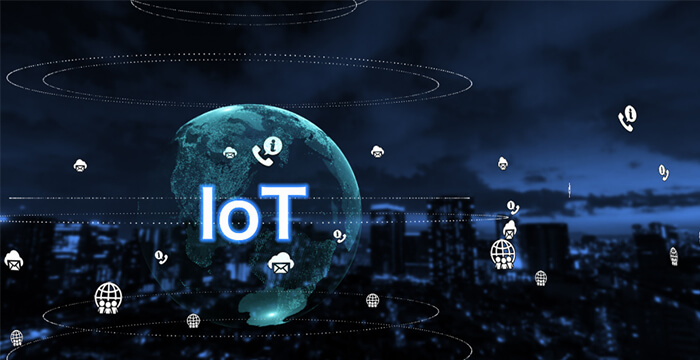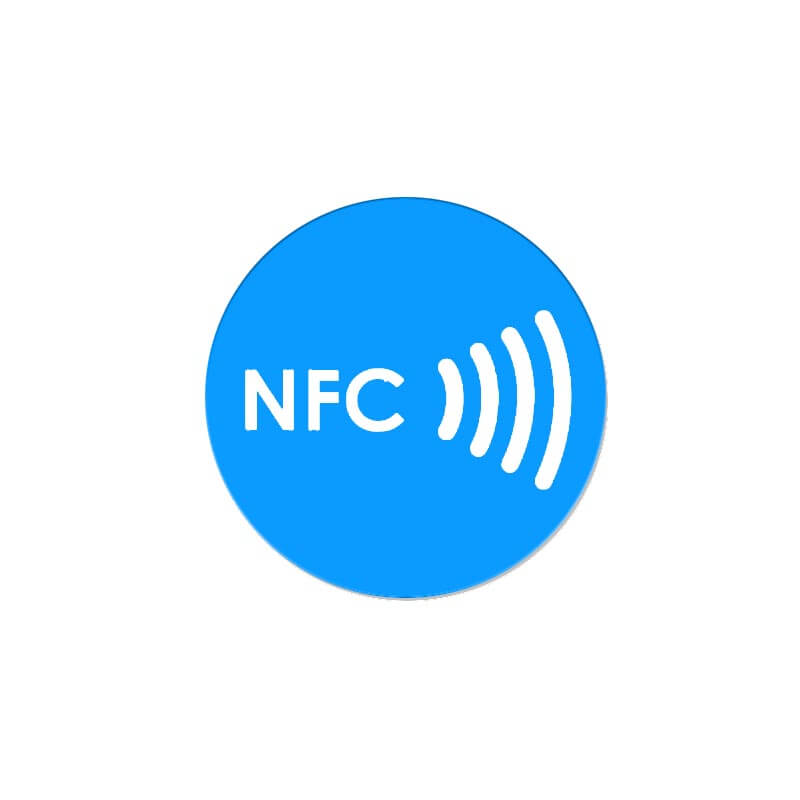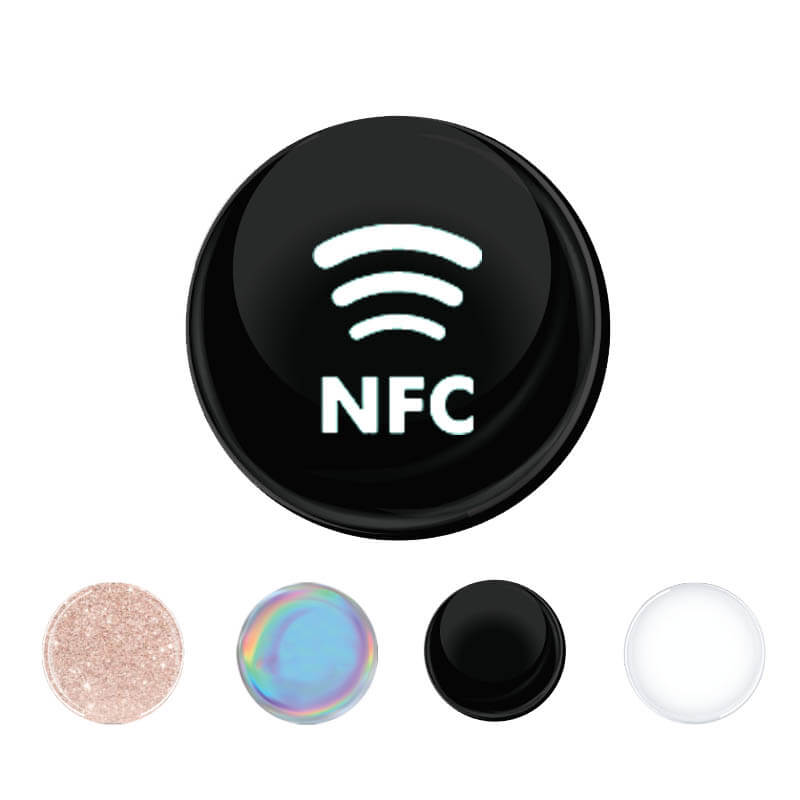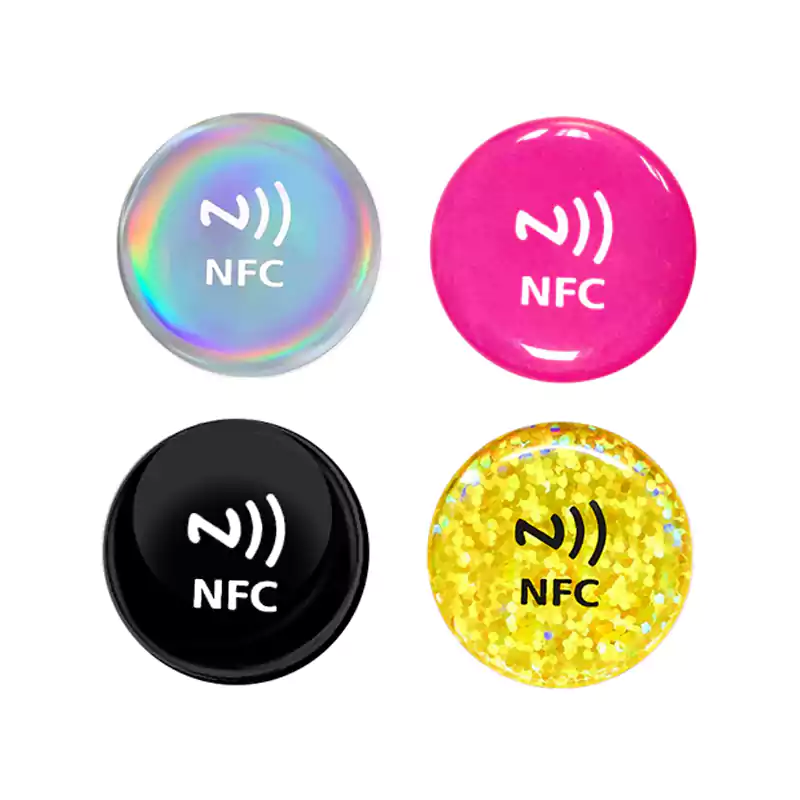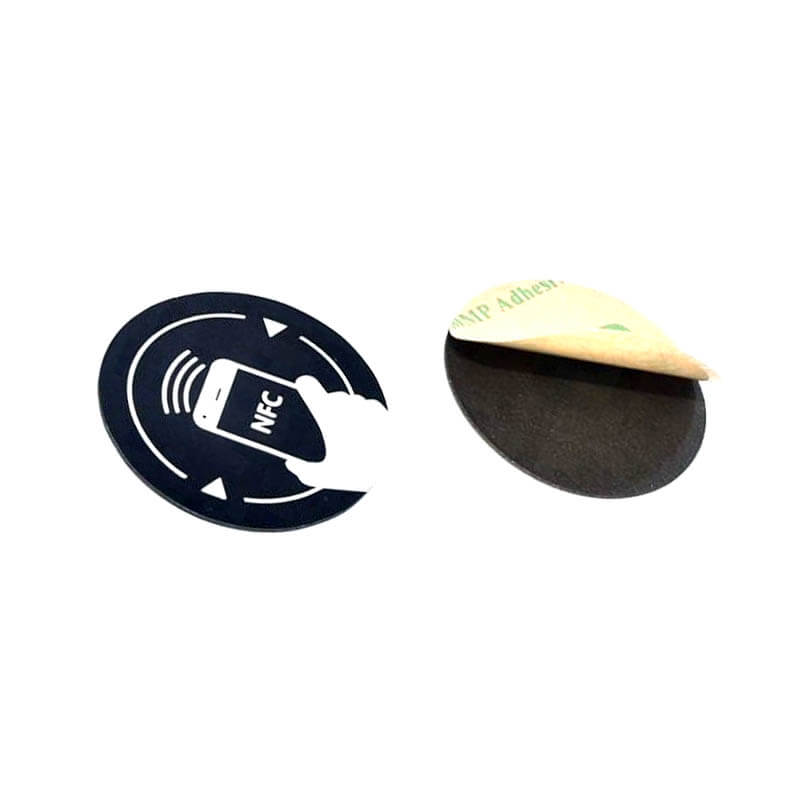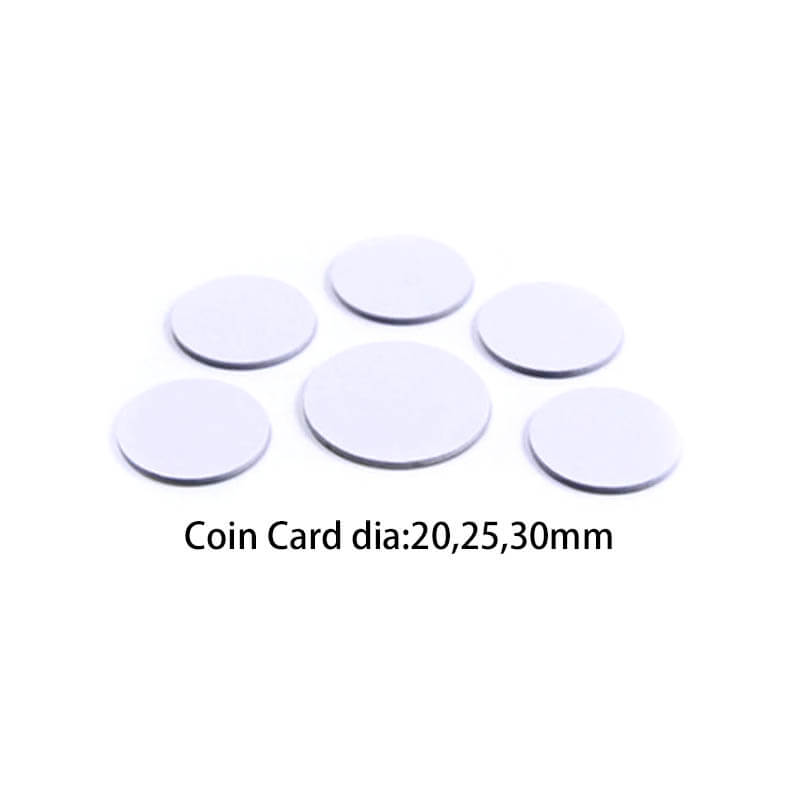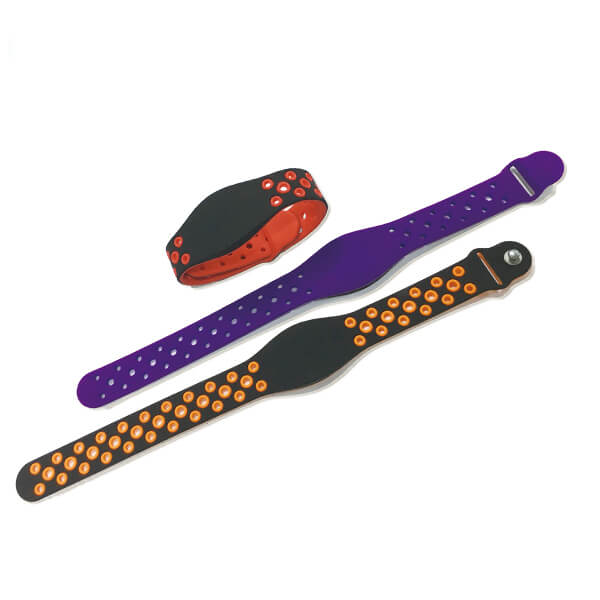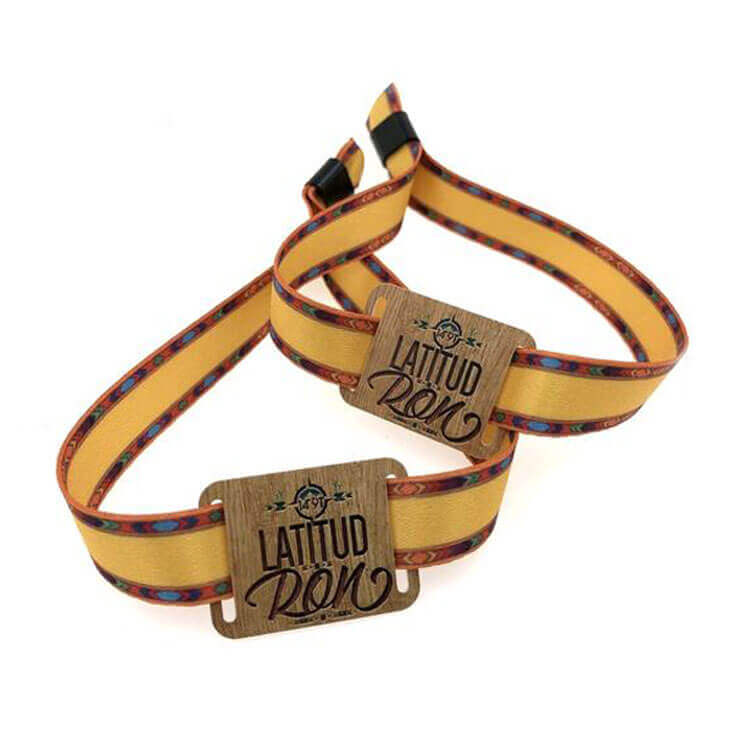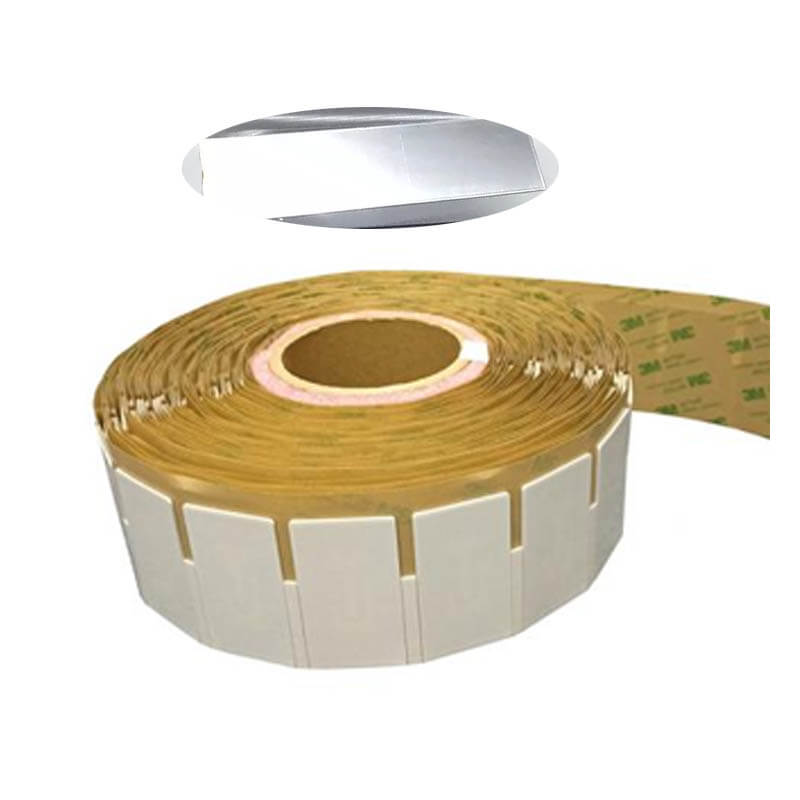The Internet of Things (IoT) is a system of interconnected devices and sensors that collect and share data about their surroundings. RFID technology is one way that these devices can communicate with each other, by using radio waves to exchange information.
Both RFID and the IoT are based on networks of devices that can collect and share data. In this article, we’ll explore how RFID is used in the IoT, and how the two technologies can work together to create smarter systems.
In-Depth Definition of Internet of Things
With the Internet of Things, physical objects are connected to the internet and can communicate with each other. This means that devices can share data about their surroundings, and people can use this data to make better decisions.
For example, a person with a smart watch might get a notification from their coffee machine that their drink is ready. Or, a city might use data from traffic sensors to adjust the timing of traffic lights.
This communication is independent of human-to-human or human-to-computer interaction, which means that it can happen without anyone needing to be aware of it. The IoT aims to make everyday objects more efficient and to automate tasks that are currently done by people.
For it to work, devices need to be equipped with sensors and software that allow them to connect to the internet and each other. They also need to be able to exchange data using a common language, so that they can understand each other. Here are some must-have components of an IoT system:
- IoT Devices. This is any physical object that can be connected to the internet and equipped with sensors, software, and other technology that allows it to collect and share data. They come in various forms, including antenna and microcontrollers.
- IoT Hub/ IoT Gateway. This is where data collation and transfer take place. IoT devices are connected to an IoT hub, which collects and sends data to the appropriate destination. The hub can be a physical device, such as a server, or it can be software that runs on a network.
- IoT Software. This is the software that runs on IoT devices and allows them to connect to the internet and exchange data. It can be embedded in the device’s firmware or run on a separate computer.
- IoT Protocols. These are the rules that govern how IoT devices communicate with each other. They define how data is formatted, how it is transmitted, and how it is received. Some common protocols include MQTT, CoAP, and HTTP. Under the protocol, technologies such as RFID, NFC, and Zigbee operate.
Now that we’ve looked at the basics of the IoT, let’s explore how RFID fits into the picture.
RFID in the Internet of Things
RFID is a technology that uses radio waves to exchange information between devices. It uses RFID tags, RFID readers, and RFID antennas to communicate.
RFID tags are small chips that store data about the object they are attached to. They can be read by an RFID reader, which uses radio waves to collect data from the tag. This data is then sent to an RFID antenna, which transmits it to a computer or other device.
In the context of the IoT, RFID can be used to collect data about the things around us. For example, an RFID tag attached to a product could be used to track its location as it moves through a supply chain. Or, an RFID tag on a piece of equipment could be used to track its usage and maintenance history.
RFID can also be used to trigger events. For example, an RFID tag could be used to turn on a light when someone enters a room. Or, an RFID tag could be used to open a door when it is presented to a door reader.
RFID is a key technology in the IoT because it allows devices to communicate with each other without any human interaction. This makes it ideal for collecting data and triggering events in smart systems.
How RFID and the IoT Work Together
RFID and the IoT can work together to create smarter systems. For example, an RFID tag on a product could be used to trigger a notification when it is scanned by an RFID reader. This notification could be sent to a smartphone or other device so that the person holding the product can be alerted.
RFID tags can also be used to track the location of things in real-time. This information can be used to create a map of the things around us. For example, an RFID tag on a package could be used to track its location as it moves through a delivery system. This information could be used to optimize the delivery process and reduce costs.
RFID and the IoT can also be used together to create smarter buildings. For example, an RFID tag on a person could be used to trigger the opening of a door as they approach it. Or, an RFID tag on a piece of equipment could be used to monitor its efficiency. This information could be used to improve the equipment’s performance and reduce downtime.
RFID and the IoT can work together to create smarter cities. For example, an RFID tag on a car could be used to trigger the opening of a parking garage door as the car approaches. Or, an RFID tag on a person could be used to trigger the lighting of a sidewalk as they walk down it.
The possibilities for RFID and the IoT are endless. By working together, these technologies can create smarter systems that make our lives easier and more efficient.
Benefits of Using RFID in the IoT
As earlier mentioned, myriad communication protocols can be used with IoT systems, including Wi-Fi, Bluetooth, and Zigbee. So, why should you choose RFID? Here are some benefits of using RFID in the IoT:
- Easy to Use in Large Scale
RFID tags are small and easy and inexpensive. You can purchase them in bulk and attach them to the things you want to track.
Once the tags are attached, they do not need to be replaced or maintained. This makes RFID an ideal solution for tracking large numbers of things. If you need to track a large number of things, RFID is the way to go.
- Accurate Tracking
RFID tags use radio waves/electromagnetic waves to communicate with readers. This means they can be read from a distance, without the need for a line of sight. This makes RFID an ideal solution for tracking things in difficult or crowded environments.
For example, RFID tags can be used to track assets in a warehouse. The tags can be read even if they are hidden behind boxes or other objects. This makes RFID an ideal solution for tracking things in difficult environments.
- Low Maintenance
If you use passive RFID tags, they do not require a power source. This means that they can last for years without needing to be replaced. Active RFID tags also have a long lifespan, and only need to be replaced when the battery runs out.
This dependability makes RFID an ideal solution for tracking things over long periods. If you need to track something for years, RFID is the way to go.
- Improved Security
RFID tags can be used to improve security in several ways. For example, they can be used to track people and vehicles as they move through a security system. This information can be used to identify potential threats and improve security.
RFID tags can also be used to track the movement of high-value assets. This data is critical in preventing theft and ensuring that assets are properly secured.
- Improved Customer Service
RFID tags can be used to improve customer service in several ways. For example, they can be used to track the location of products in a store. This information helps to help customers find the product they are looking for.
RFID tags can also be used to track the movement of people through a store. This information can be used to identify areas of congestion and improve customer flow.
- Increased Efficiency
RFID can be used to automate many processes. For example, RFID tags can be used to trigger events in a business process. This can increase efficiency by reducing the need for manual intervention.
For example, an RFID tag on a product can be used to trigger the opening of a packaging machine. This can reduce the need for manual intervention and improve efficiency.
- Improved Safety
RFID tags can be used to improve safety in several ways. For example, they can be used to track the location of people and assets in a dangerous environment. This information can be used to ensure that people and assets are properly secured.
RFID tags can also be used to track the movement of people through a dangerous environment. This information can be used to identify potential hazards and improve safety.
Overall, RFID is a great solution for tracking things in the IoT. It is easy to use, accurate, low maintenance, and provides many other benefits. If you need to track things in the IoT, RFID is the way to go.


